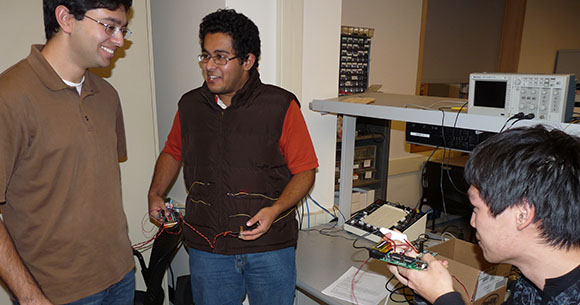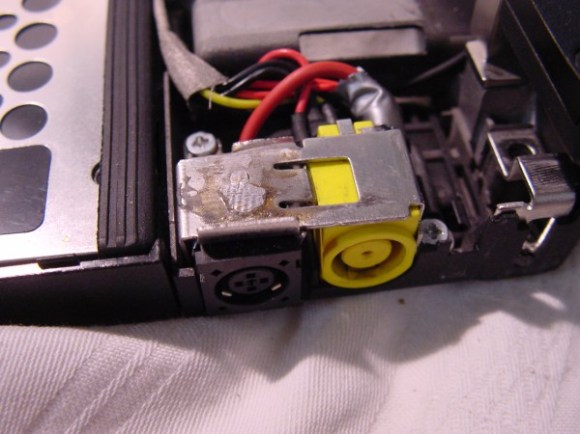
[MrBuildIt] has lived up to his name when it comes to this year’s Christmas decorations. He built a rig that spreads Christmas cheer from one end of the cubicles to the other.
In the demo video after the break you’ll see that the system is controlled by a nicely polished Android app. It lets you choose from three different Christmas songs (or no music at all) as Santa Claus makes his rounds. The app includes buttons for switching all of the lights on or off but we think it’s more corny fun to see then turn on as Santa flies overhead.
The sleigh and three tiny reindeer are suspended from a pulley system. When they make it to one end of the office a hall effect sensor serves as a limiting switch. From the look of it you’d think Santa will be flying backwards on the return trip but there is a servo that flips the thing around so that he’s going the right way.
This is quite a gaunlet to have thrown down when it comes to office decor. We’d like to see what geeky thing’s you’ve been doing with your own decorations. Get some details up on the web and send a link our way!




















